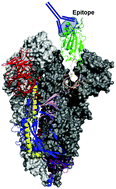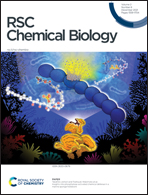An overview of methods for the structural and functional mapping of epitopes recognized by anti-SARS-CoV-2 antibodies
Abstract
This mini-review presents a critical survey of techniques used for epitope mapping on the SARS-CoV-2 Spike protein. The sequence and structures for common neutralizing and non-neutralizing epitopes on the Spike protein are described as determined by X-ray crystallography, electron microscopy and linear peptide epitope mapping, among other methods. An additional focus of this mini-review is an analytical appraisal of different deep mutational scanning workflows for conformational epitope mapping and identification of mutants on the Spike protein which escape antibody neutralization. Such a focus is necessary as a critical review of deep mutational scanning for conformational epitope mapping has not been published. A perspective is presented on the use of different epitope determination methods for development of broadly potent antibody therapies and vaccines against SARS-CoV-2.

- This article is part of the themed collection: Exploring proteins and their interactions


 Please wait while we load your content...
Please wait while we load your content...